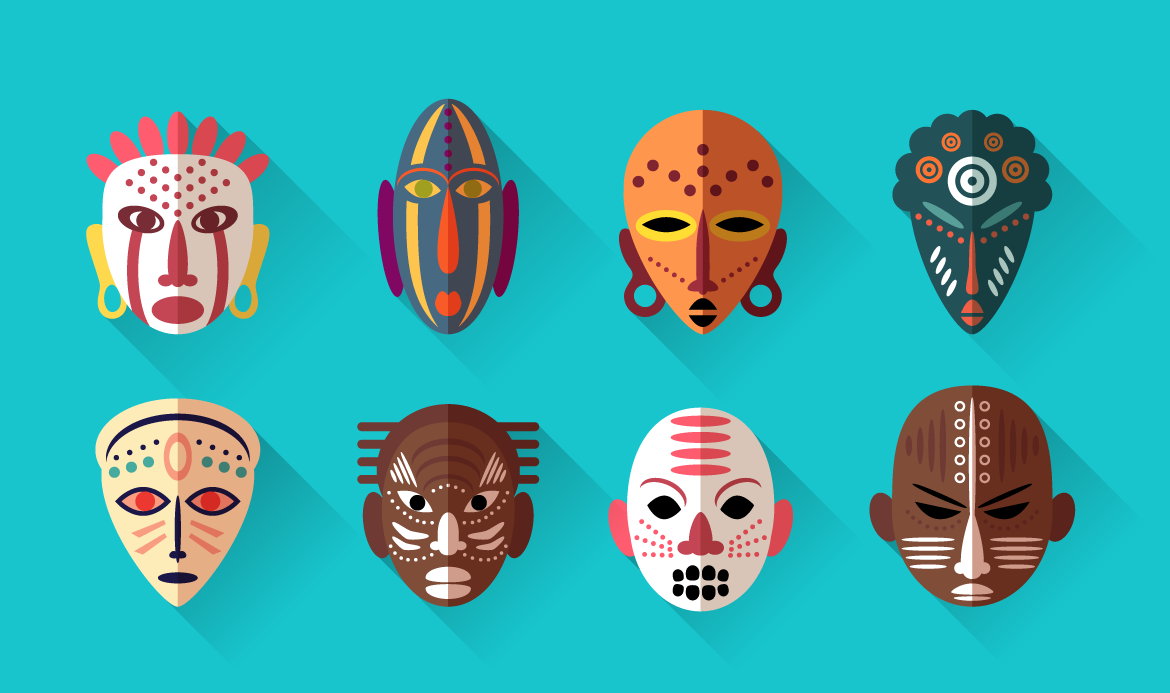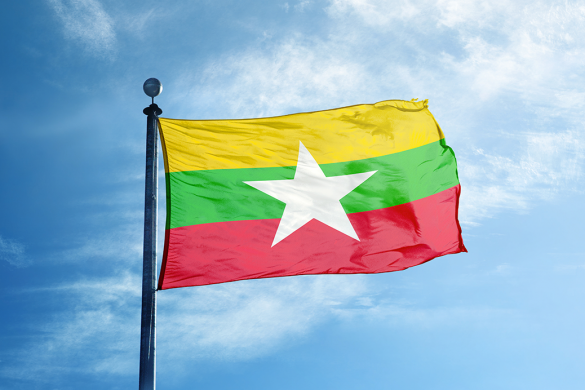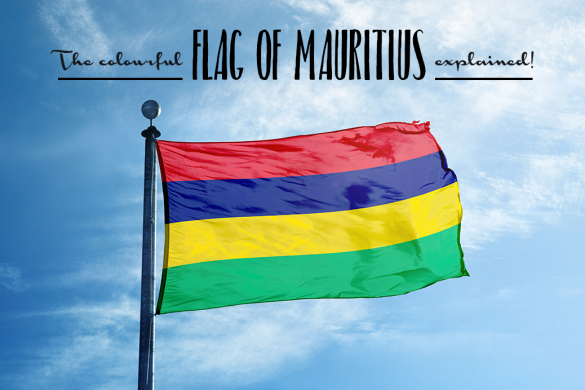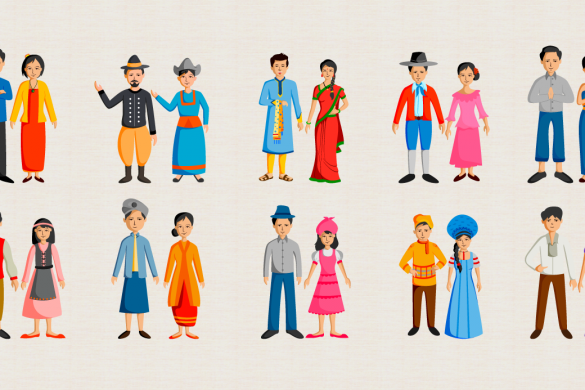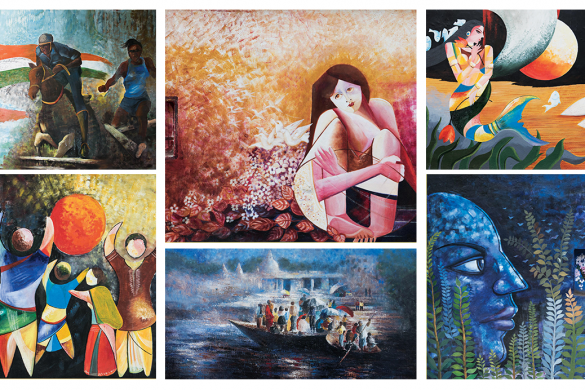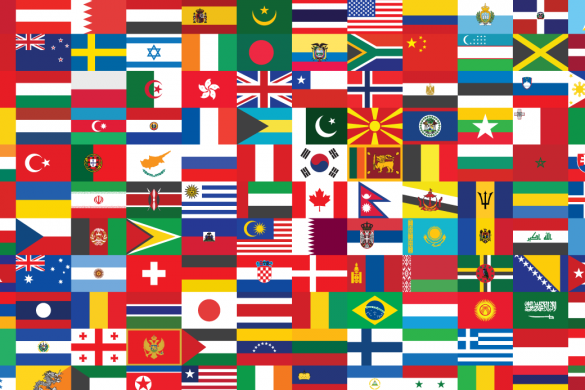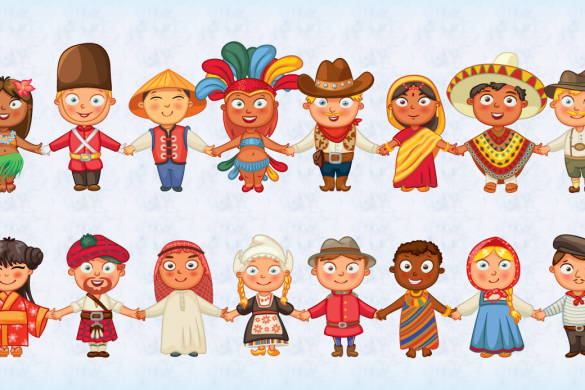Welcome to the second instalment of Colour Tribes of the World. Even in this day and age of globalisation, tribes are the one part of human society that is still untouched by the melting pot of cultures and cultural appropriation the rest of the world is participating in.
Let us have another glimpse at the rituals, traditions and cultures these tribes have guarded fiercely for one century after another and passed on to their future generations for safekeeping.
The Rashaida Tribe – Sudan-Eritrea
The Rashaida tribe consists of nomadic people who emigrated from Saudi Arabia to Eritrea and North-East Sudan, Africa in the 19th century. This tribe is generally feared by the other locals for their ferocious ways. The tribe keeps to itself and has successfully shunned all technology so far. However, some Rashaida men have begun to use SUVs instead of camels as the preferred mode of transport. Despite appearances, the Rashaida tribe is a very rich one that makes all its money by selling camels to wealthy Saudi citizens.
The women cover their nose and lower face with a rich, heavy veil but the eyes and hair are left uncovered. They wear mostly black and red patterned dresses and the veils are embroidered with golden or silver threads. Sometimes, beads, pearls and coins are sewn onto the dresses too. The jewellery they are adorned with is made by the women themselves, most of it is intricate and made from silver. The men dress very simply in loose clothes consisting of a traditional kurta and pyjamas. They wear elaborate swords in scabbards at their hips when dancing and performing tribal rituals.
The Nuba Tribe – Sudan
The Nuba is actually a collective name given to a group of tribes which inhabit the Nuba Mountains of the South Kordofan State in Sudan. The main Nuba tribes include Temin, Shawai, Koalib, Leira and about 30 others. This tribe group carries within it a culture as varied and vast as the hills it resides in. Unlike the above mentioned Rashaida tribe, the Nuba do not follow any particular religious law. Their rules and regulations depend on whether the tribe in question is matrilineal or patrilineal.
The Nuba people do not wear many clothes, and the males and females both usually just tie a sarong or wear a beaded garment around their hip. Their history, family background and stories are illustrated in the form of body art and tattoos on their body which they spend hours and hours over. Intricate designs and patterns cover most of their bodies and they also carry various brands of cultural significance on their person.
The Maasai Tribe – Kenya and Ethiopia
The Maasai tribe is one of the most popular tribes of Africa, mainly because of them living very close to Kenya’s and Tanzania’s many wildlife game parks. They are by far, one of the friendliest tribes, welcoming visitors into their homes and proudly showing off their culture which is mostly told through body modification in the form of piercings and tattoos.
Maasai women wear long, beaded earrings that weigh quite a bit, leading to them having huge holes in their earlobes. The white beads are made from shells, ivory or bone, while charcoal and clay is used for black or blue beads, etc. The colours signify different things such as White for peace, Red for warrior, etc.
The clothes that they wear depict the ancient cultural stories the tribe is a part of. Red is an immensely favoured colour but circumcised boys are required to wear only black till a few months after. Other colours and patterns are observed too, but they mostly stick to darker shades. The type of clothing they wear is called Matavuvale and the people have recently swapped wearing animal skin and hide for factory made cloth. They do not wear any tailored clothes and the maximum coverage comes from the colourful sheets they drape around themselves. One garment common to all factions of the tribe is the Kanga – a colourful, patterned garment worn by men and women. The beads, colourful cloth and elaborate hairstyles make the Maasai tribe one of the most attractive to look at visually.
That’s all for now, be sure to check back for more interesting trivia in our colour and culture series!
